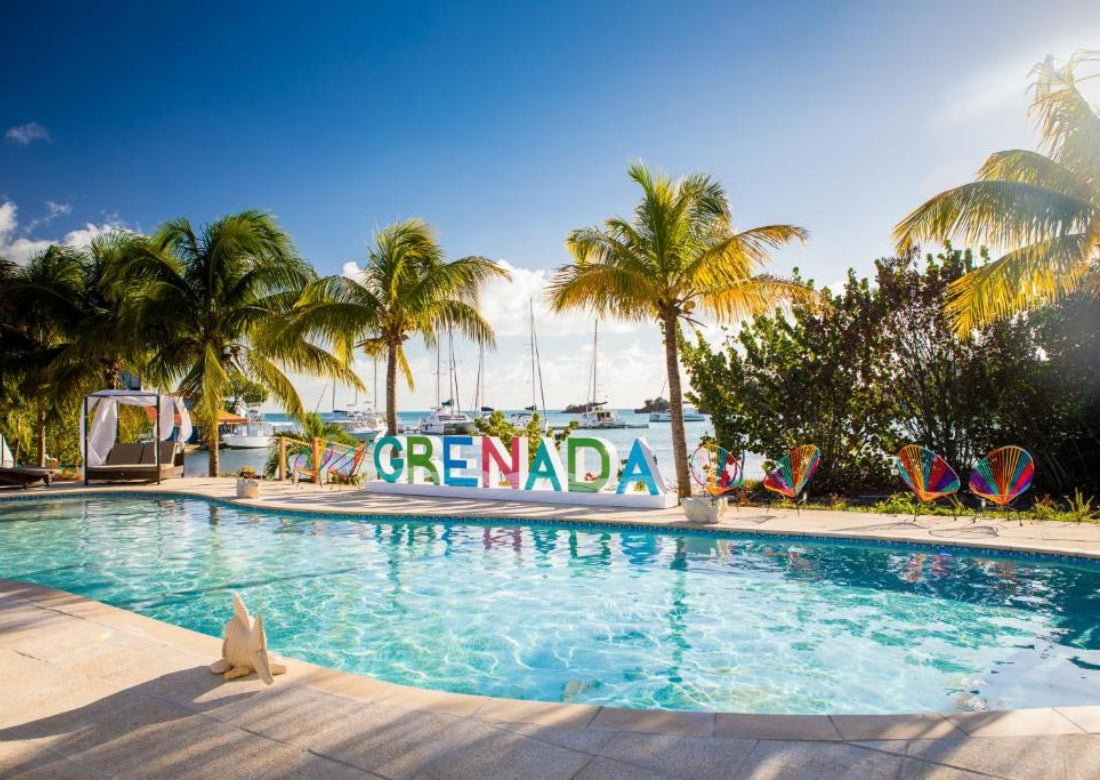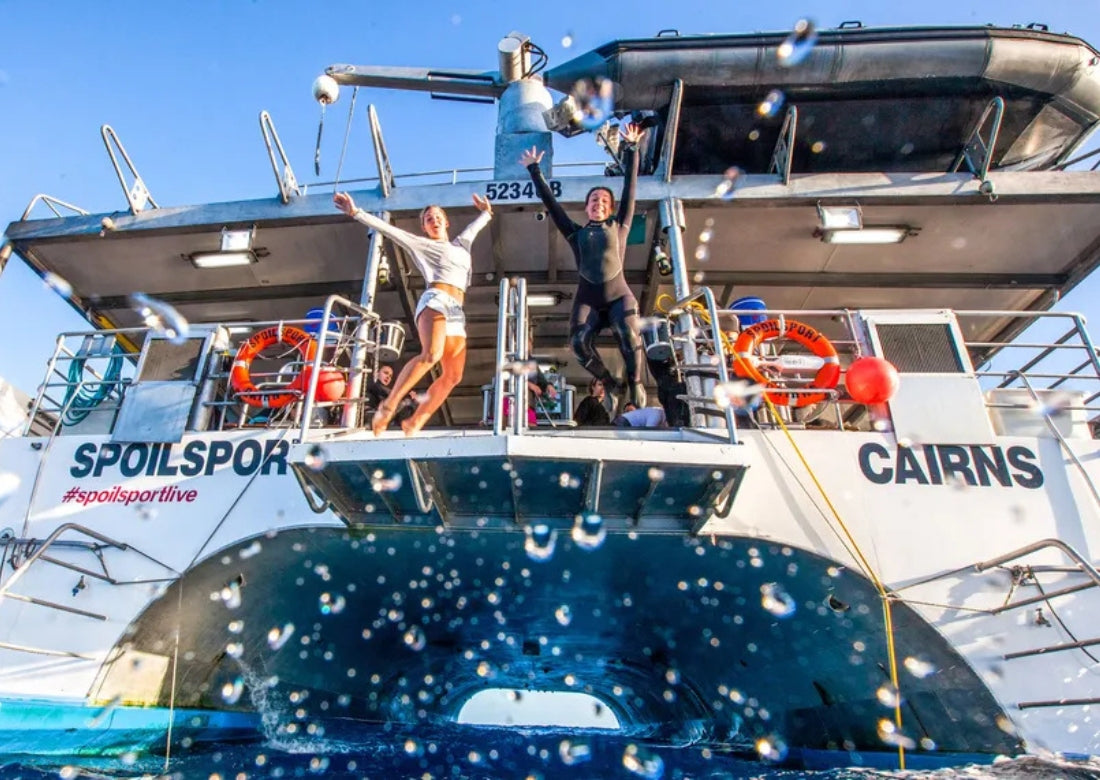Diving in the Sea of Cortez

The Sea of Cortez, also known as the Gulf of California, is a 700 mile (1,126 km) stretch of water that separates the Baja California peninsula from the Mexican mainland. The sea, sheltered from the swells of the Pacific Ocean is usually very calm. It contains numerous islands, pinnacles and rocks around which are countless Liveaboard dive sites. What makes the Sea of Cortez truly special, however, is its unique and rich ecosystem. Unforgettable encounters with hammerheads, sea lions, mobula rays, wild dolphins and whale sharks - all in just a few days of diving - are pretty commonplace in the Sea of Cortez.
Some other headlining diving attractions at sites throughout the area include swimming with pilot whales, killer whales, sperm whales and humpback whales. What’s more, the sea is also a home for plenty of smaller creatures and healthy reef scenes, that mostly feature colorful sponges, sea fans and kelp.
When to Go
When deciding on the best time to visit the Sea of Cortez, think of what creatures you would like to encounter the most. Sea lions and whale sharks are present all year round, though if you want to play with curious juveniles, September and the end of November are recommended. Various types of migrating whales mate and calve in the Sea of Cortez during winter months, namely between January and March. April and May is the best time to see large schools of yellowfin tuna, and schooling scalloped hammerheads.
Dive Conditions
The water temperature in the Sea of Cortez is generally around 19 °C (66 °F) in winter and 24 °C (75 °F) in summer. However the temperatures can vary greatly in the gulf, and the water is almost always warmer by the coast than the open ocean. The most comfortable months to go diving are August to early November, when the water temps reach 26 °C (79 °F).
Visibility is usually good, but ranges between 10 meters on a bad day and up to 30 meters. Current varies from none to medium.
Here are the average water and air temperatures throughout the year.
|
Month |
Jan. |
Feb. |
March |
April |
May |
June |
July |
Aug. |
Sept. |
Oct. |
Nov. |
Dec. |
|
Air (°C) |
23 |
25 |
27 |
30 |
32 |
34 |
36 |
35 |
34 |
32 |
28 |
25 |
|
Water (°C) |
20 |
19 |
19 |
19 |
20 |
21 |
24 |
26 |
26 |
26 |
24 |
22 |
Activities for Non-Divers
In addition to a variety of scuba attractions, the Sea of Cortez dive resorts offer many activities for non-divers, including fishing, kayaking, snorkeling, dining and lounging by the pool or at the sandy beach. What’s more, snorkelers and freedivers can partake in such an amazing ocean adventure as swimming with whale sharks. As for the liveaboards, the non-diving activities there are mostly limited to snorkeling and enjoying the sun decks.
Sea of Cortez Resort and Liveaboard Options
Because the Sea of Cortez attracts a large number of divers every year, there are several dive resorts and quite a few liveaboard options available in the area. Most of the resorts are located in La Paz, the capital city of Baja California state.
The city is loved by tourists and locals alike. It is easy to reach and makes a good base for exploring the Pacific coast of Baja with its sleepy towns or making day trips to Cabo Pulmo and Todos Santos. La Paz also offers some of the best and most diverse diving in the Sea of Cortez. The options include: a shipwreck dive, a chance to swim with sea lions, shark encounters, etc. What’s more, December through early April is the time when many Grey Whales gather at Magdalena Bay, to the north of La Paz, which gives you a possibility to have wonderful views of these magnificent creatures from local boats that take visitors right up close.
A boat trip to the nearby islands is also a great idea. Consider visiting the sea lion colony on the north side of Isla Partida, going kayaking at Espiritu Santo or enjoying the reef at La Reynita near Isla Cerralvo (Jacques, Cousteau Island).
During your time on land, be sure to take in the glorious landscapes around the city and stop by some of the charming restaurants to taste good seafood or spicy Mexican dishes with fine local beer and tequila-based cocktails.
Cabo Pulmo, Loreto and Los Cabos are some other easy to reach locations that offer a lot of diving and non-diving attractions.
Preparing for the Trip
Here are a few basic things you need to know when going on a diving vacation to the Sea of Cortez:
- Electricity. In Mexico the standard voltage is 127 V and the standard frequency is 60 Hz. Also, not all facilities have US-style plugs, so you may need to get adapters.
- Telephone. To reach Baja, you'll need to dial 011-52, followed by the local three-digit area code and the five-digit number.
- Currency. The official currency in Mexico is Mexican peso. You will need it for small purchases, gas stations and merchants in outlying areas. US dollars are widely accepted in tourist businesses and larger cities. You can also use credit cards at most resorts, restaurants and dive shops.
- Emergency matters. There is a recompression chamber in Cabo San Lucas that's on call 24 hours a day.




